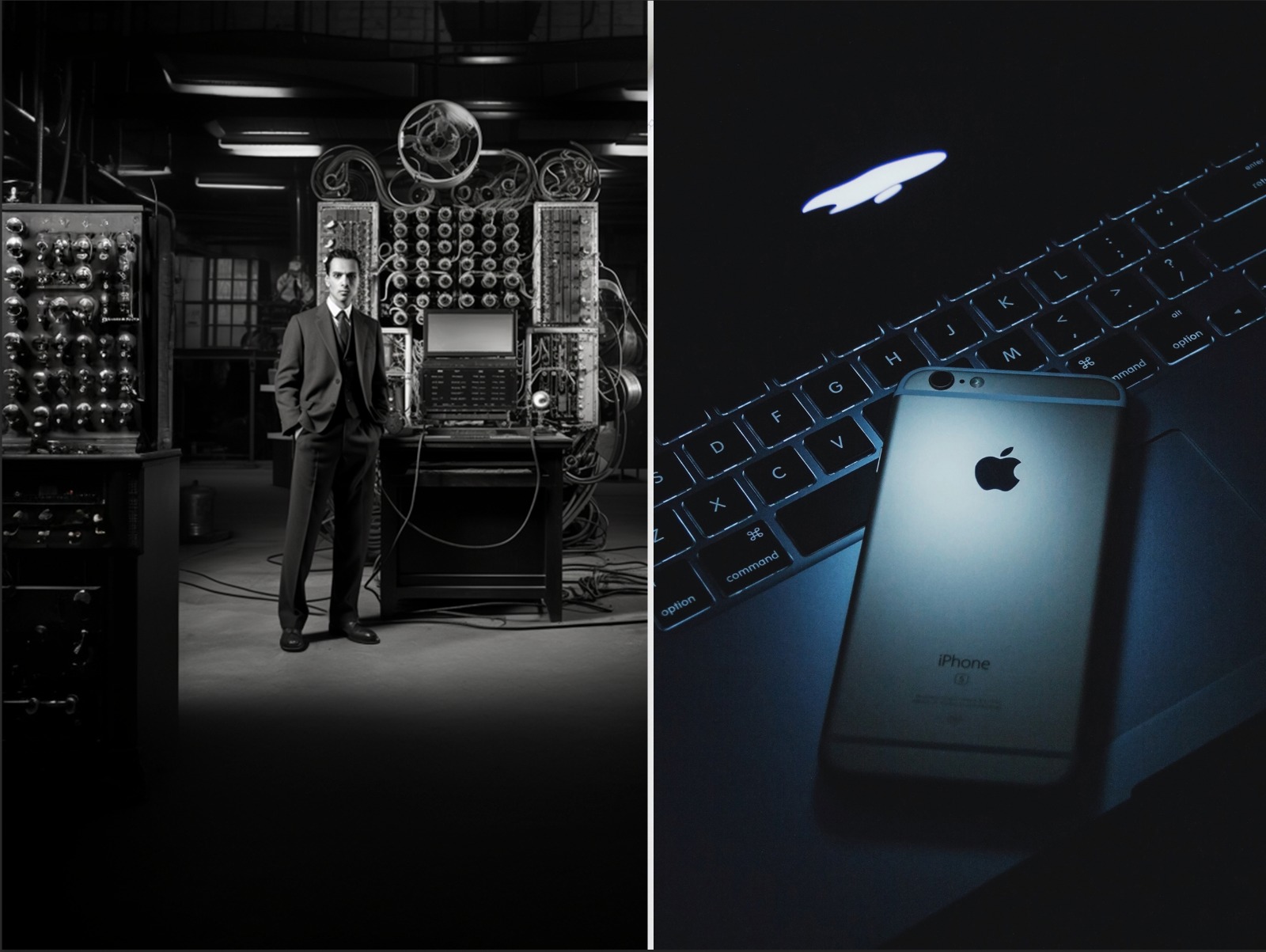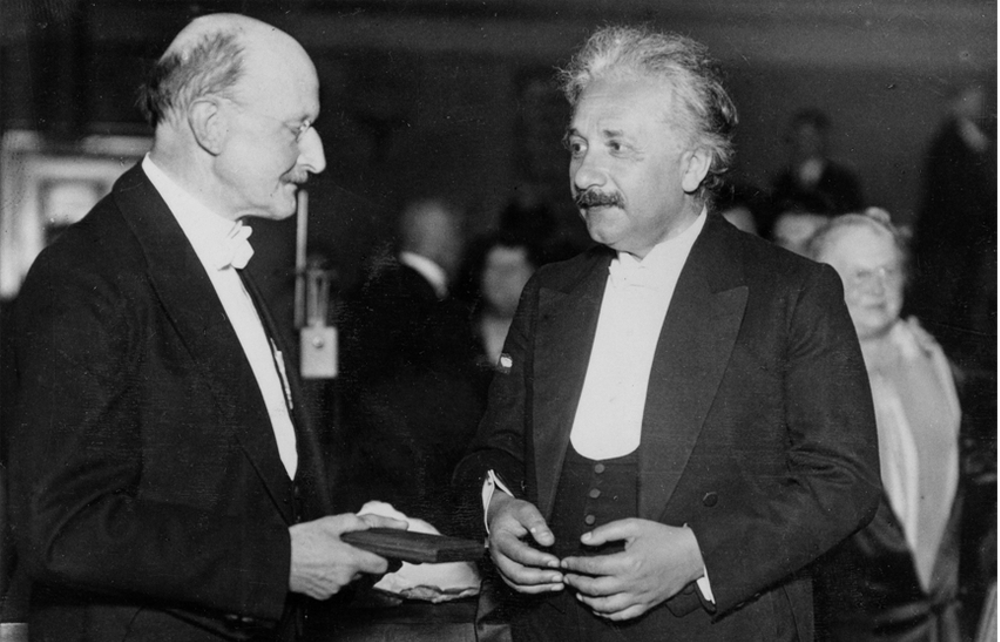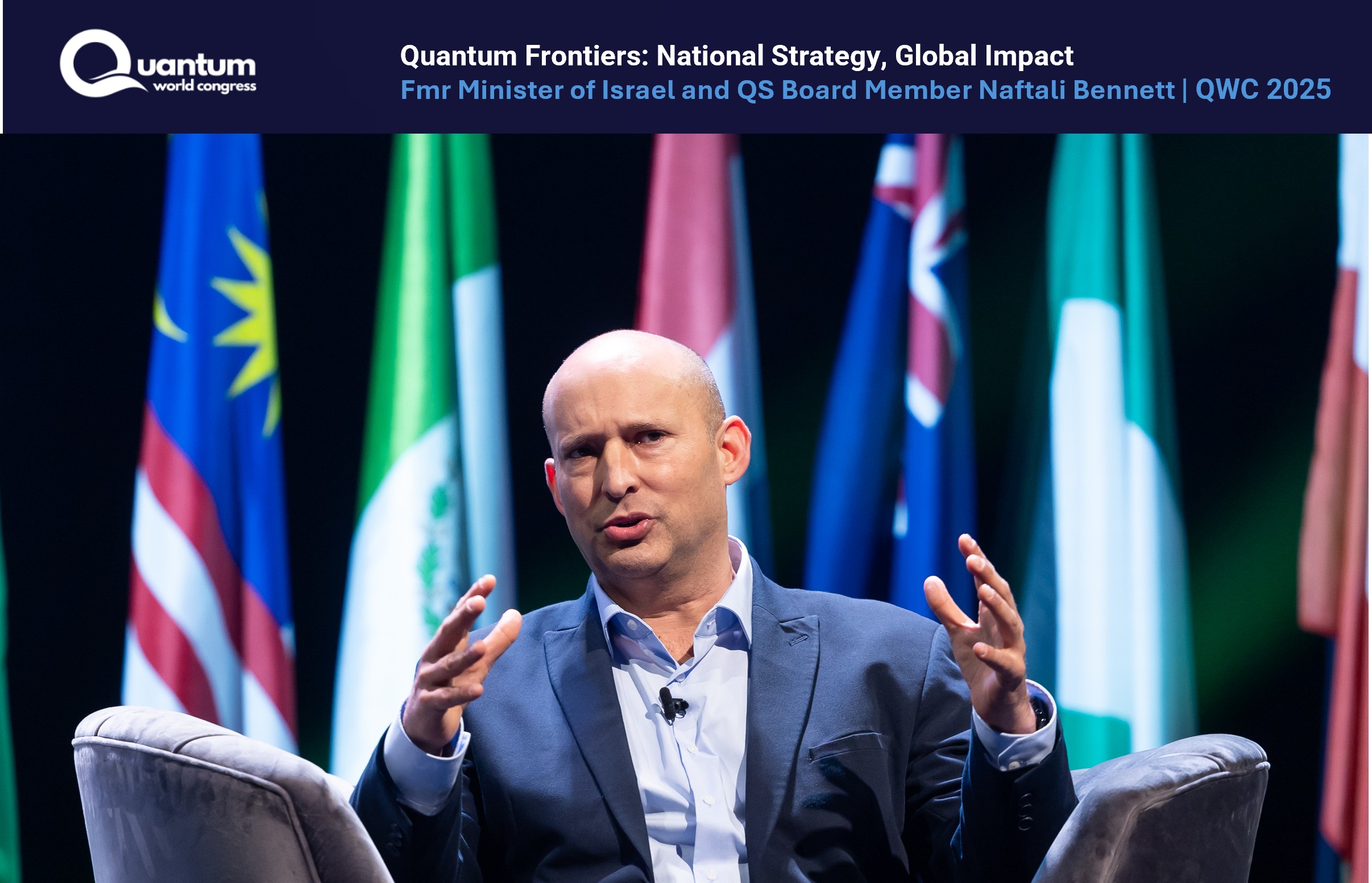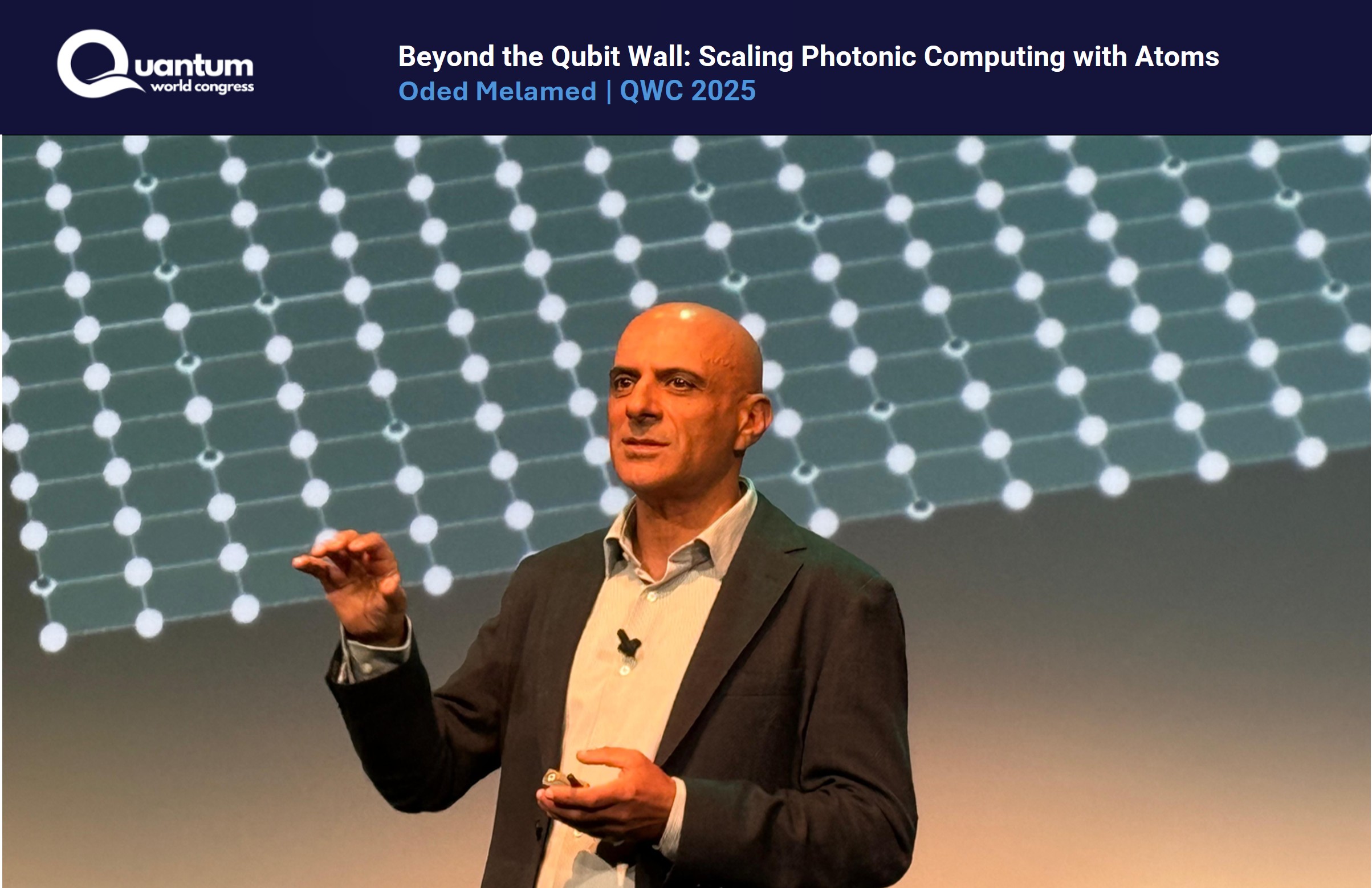
Controlling photons with atoms in a cavity: from bulk to integrated systems
Cavity Quantum Electrodynamics (cavity-QED) is among the cornerstones of quantum physics, enabling the study and manipulation of quantum states of single atoms and photons; for further reading, see our other blog posts on extraction and routing of photons by atoms.
A single atom, as a quantum emitter, offers the strongest optical nonlinearity among any system: its efficient coupling to light can be saturated by a single-photon excitation. Furthermore, in contrast to other quantum emitters such as quantum dots and solid-state defects, single atoms are inherently identical. Their properties are universal, not influenced by the fabrication process or host material conditions. Nevertheless, to enhance the efficiency of photon control by atoms, it is essential to strengthen the bare photon-atom interaction by introducing an optical resonator, or a cavity – which is exactly the heart of the field of cavity-QED.
Early developments
Edward Purcell was the first to recognize, in 1946, the potential of cavities to enhance the coupling between electric dipoles and the electromagnetic field [1]. His model, grounded in classical antenna physics, revealed that the effective coupling between a radiator and light is amplified by a factor that is proportional to the cavity's finesse - the average number of light roundtrips within the cavity, and by the focusing of the light in the cavity to a tiny area. This phenomenon is now known as the Purcell enhancement.

Jaynes and Cummings later laid out the quantum theory of coupling between atoms and light confined in single-mode cavities [2]. Landmark experiments during the 80s by Haroche and others with microwave photons were the first to experimentally demonstrate this extreme behavior of “light in a box” [3].
Modern approach
Subsequent periods saw the establishment of critical experimental techniques and theoretical frameworks essential for modern cavity-based photon control by atoms.
In 1992, Rempe, Thompson, and Kimble observed the strong coupling between single atoms and optical photons within a cavity [4]. This experiment depended on the temporary transit of atoms through the cavity, prior to the capability to trap them. The signature evidence of strong coupling was the splitting of the cavity resonance into two distinct spectral lines, resulting from multiple, reversible photon exchanges with the single atom.
The first harnessing of this photon-atom coupling for rudimental quantum-logic process was demonstrated by the Kimble group in 1995 [5], evidencing conditional phase shifts on a photon based on the presence of a single atom within the cavity.

A significant advancement in cavity QED occurred in 1999 when Ye, Vernooy, and Kimble achieved the trapping and in-situ cooling of a single atom inside a cavity [6]. This allowed for prolonged experiments, no longer limited by the brief transit times of atoms through the cavity mode. It facilitated quantum logic that integrates photons with atoms—using the latter as matter qubits for storing and mediating quantum information and correlations between successive photons.

Manipulating single photons
The year 2004 marked considerable progress towards quantum information processing with photons. The Kimble lab successfully demonstrated the generation of single photons by a single trapped atom and their extraction from the cavity [7]. The Purcell effect was instrumental in significantly enhancing the directionality of the emitted photon, thus making the photon generation markedly more deterministic. In parallel, Duan and Kimble proposed a scalable quantum computation protocol with photons utilizing cavity QED [8].
Although free-space cavities with macroscopic, bulk mirrors are more straightforward for experimentation, scaling them up to multiple systems is challenging, as well as interfacing them with optical fibers. It is extremely uncommon to find more than one bulk cavity in an experimental setup. The path to large-scale systems involves integrating monolithic, microscopic resonators into solid-state chips, coupled to fibers. In 2006, Aoki and Dayan from the Kimble lab reached this milestone by demonstrating strong photon-atom coupling using an integrated, fiber-coupled micro-resonator fabricated by Vahala’s lab in Caltech [9]. Light was coupled in and out of the cavity using a tapered optical fiber attached to the ring resonator. This mirrored the resonance splitting observed in bulk cavities 14 years prior, caused by untrapped, transient atoms. Two years later, they demonstrated the generation of non-classical light fields of anti-bunched photons using this platform [10].

Recent Breakthroughs
Following this was a phase of significant technological advancement, marked by improvements in cavity design, atom trapping, and control techniques, setting the stage for increasingly complex experiments. The technology matured, allowing experimentation with genuine quantum-gate operations between atoms and photons or between photons themselves.
In 2013, Lukin and Vuletic in Harvard and MIT successfully cooled and optically trapped a single atom near a photonic-crystal resonator constructed on a microscopic silicon-nitride beam [11]. A year later, this setup allowed the achievement of an optical pi phase shift contingent on the quantum state of the trapped atom [12].

In that same year, the Rempe lab in MPQ, Germany, implemented the Duan-Kimble protocol and demonstrated the first photon-atom quantum logic gate: a conditional phase (CZ) gate using a bulk cavity [13]. By 2016, this system had been used to demonstrate entanglement between successive photons by first creating a photon-atom-photon entangled (GHZ) state using two CZ gates and then measuring the state of the atom [14].
The celebrated potential of single-atom cavity-QED systems in generating highly entangled graph states of multiple photons was underscored by a groundbreaking achievement from the Rempe lab in 2022. Their research, utilizing a bulk cavity with a trapped atom, successfully achieved the sequential entanglement of photons, culminating in the construction of a linear cluster state of 12 photons and a Greenberger-Horne-Zeilinger (GHZ) state comprising 14 photons [15]. This achievement not only represents a significant leap forward in the field of quantum information but also paves the way for the future generation of complex quantum networks, underscoring the versatility and power of cavity-QED systems as platforms for advanced quantum technologies.

At the Quantum-Optics lab at the Weizmann Institute of Science, Dayan adopted a platform similar to the one he introduced in Caltech – a chip-based, fiber-coupled micro-sphere resonator. Harnessing the high optical quality of the resonator and the efficient coupling to optical fibers enabled the demonstration of a series of deterministic photon-atom operations, from single-photon routing [16], through single-photon generation by extraction from a classical optical pulse [17] to a photon-atom two-qubit SWAP gate, marking the inaugural quantum gate on a monolithic cavity-QED system [18].

Scaling up
The challenge of scaling cavity-QED systems lies in the necessity for mass integration and fabrication that can support networks of multiple cavities. Fabrication techniques akin to those used in the semiconductor industry allow us to create arrays of microcavities on a single chip. This approach not only makes the production of numerous cavities feasible but also opens the door to intricate networks where cavities are interconnected, facilitating complex quantum operations and real-time control of photons.
Quantum Source is at the forefront of this revolution, developing technology that enables on-chip fast quantum gates. Our chips, produced in state-of-the-art fabrication facilities, are designed to trap atoms near multiple resonators and orchestrate their interactions and routing with high fidelity.
The future of cavity QED with single atoms is on the brink of a new era of transformative development, promising to have profound implications across physics, information science, and technology. As we refine our techniques for fabricating and controlling these quantum systems, we anticipate a surge in their application, as we lead the frontier of scalable practical quantum computing.

[3] Serge Haroche, RMP 85, 1083 (2013)
[4] Bernd A.Berg & Thomas Neuhaus, PRL 68, 189 (1992)
[5] Q. A.Turchette, C. J. Hood, W. Lange, H. Mabuchi & H. J. Kimble , PRL 75, 4710 (1995)
[6] R.Bernabei, P. Belli, R. Cerulli, F. Montecchia, PRL 83, 24 (1999)
[8]. L.-M. Duan & H. J. Kimble, PRL 92, 127902, (2004).
[13]. Andreas Reiserer, Norbert Kalb, Gerhard Rempe & Stephan Ritter ,Nature 508, 237 (2014)
[14]. Bastian Hacker, Stephan Welte, Gerhard Rempe & Stephan Ritter ,Nature 536, 193(2016)
[15]. Philip Thomas, Leonardo Ruscio, Olivier Morin & Gerhard Rempe ,Nature 608,677-681 (2022)
categories
popular

P-Atom-Mediated Deterministic Generation and Stitching of Photonic Graph States
How single atoms can solve the most demanding challenge in photonic quantum computation: deterministic generating of graph states

P-A passive photon-atom qubit SWAP gate
The first experimental demonstration of a qubit SWAP gate between two different types of qubits.
Similar

The meaning of practical & useful quantum computing
The real quantum revolution will begin when quantum computers become affordable and cost effective to scale. Quantum Source paves the way for practical, fault...

A photon controls a photon: a single atom router
Following the transistor footsteps with single photons opens the path to scalable photonic quantum computation.

Finally, treating photons like particles
Picking out exactly one photon from a pulse of light is more than just a technological breakthrough.

SWAP - the most fundamental unit of communication in nature
Realizing a unitary exchange of qubits between light and matter carries both fundamental and practical significances.

Quantum information processing with photonic and atomic qubits
The interaction between photonic and matter qubits represents an exciting and promising avenue for the development of quantum computers.
popular

V-Quantum Frontiers: National Strategy, Global Impact
At QWC 2025, former Prime Minister of Israel and Quantum Source Board Member Naftali Bennett joined Preston Dunlap, former inaugural CTO and Chief Architect of the U.S. Space Force & Air Force and founder of Arkenstone Ventures, for a timely discussion on how nations and companies can navigate the pivot from promise to practical quantum capability.

V-Beyond the Qubit Wall: Scaling Photonic Computing with Atoms
At QWC 2025, Quantum Source laid out how photonics could leap from probabilistic lab demos to room-temperature, fault-tolerant systems. In a tightly argued talk, CEO Oded Melamed described a hybrid approach that couples single photons with single atoms on one platform, aiming to make resource-state generation deterministic and compact enough for a standard server room.

V-Photonics-based quantum computing
Photonic quantum computing offers the most promising route towards fault-tolerant quantum computers by providing a modular solution.
popular

N-Quantum Source Delivers Practical Photonic Quantum Computing
In this Forbes exclusive interview, published just ahead of Quantum World Congress, Gil Press highlights how Quantum Source’s atom-photon technology is paving the way toward scalable, fault-tolerant photonic quantum computing.

N-Quantum Source Unveils ‘ORIGIN’ - A Noval Core Engine For Scalable, Fault-Tolerant Photonic Quantum Computers
ORIGIN’s vision and concept will be presented at the Quantum World Congress (QWC) in Washington, D.C. on September 17, 2025, in a keynote session featuring Former Israeli Prime Minister Naftali Bennett, a member of the company’s Board, and Quantum Source Co-Founder and CEO Oded Melamed.

N-Exclusive: Prof. Barak Dayan on Quantum Source’s Photon-Atom Breakthrough in Quantum Computing
In this TQI exclusive interview, Prof. Barak Dayan, Chief Scientist at Quantum Source, shares how their photon-atom technology is tackling some of the toughest challenges in quantum computing.




